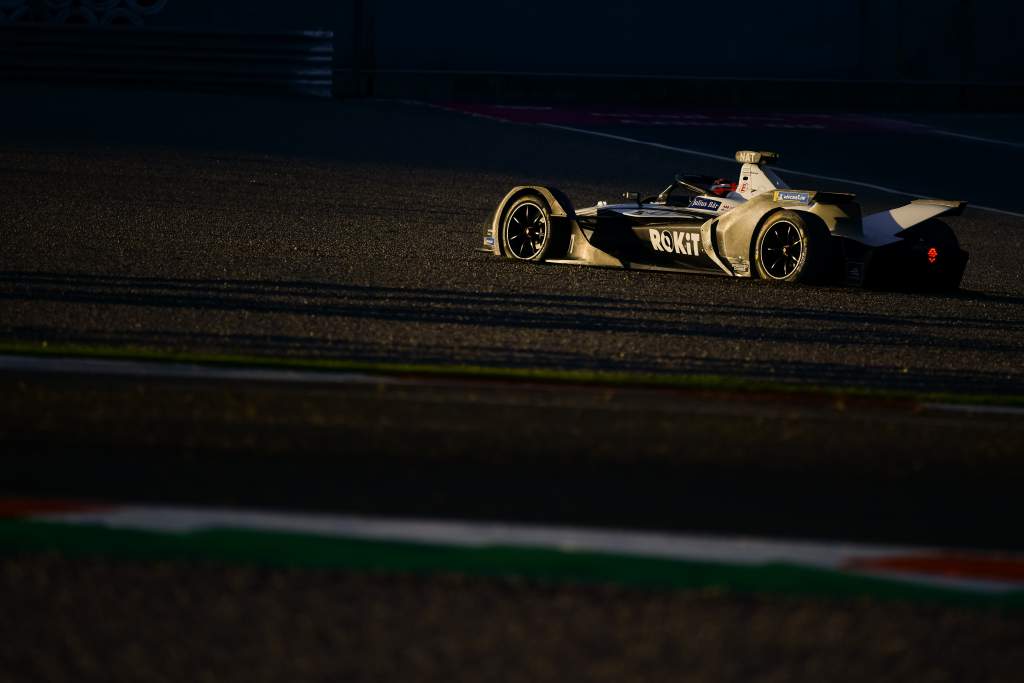Norman Nato might just be the very definition of the sporting ‘dark horse’ in the 2021 ABB FIA Formula E World Championship season.
He is, and will probably continue to be, disproportionately unfancied at Venturi, which itself is perceived as the outsider’s outsider.
But the indications already are that Nato is countering his restrained status with a methodical stoicism that could deliver some surprise 2021 results.
A good chunk of motorsport is about image, and while it won’t get you results, status and respect, it can assist in managing pressure and expectation.
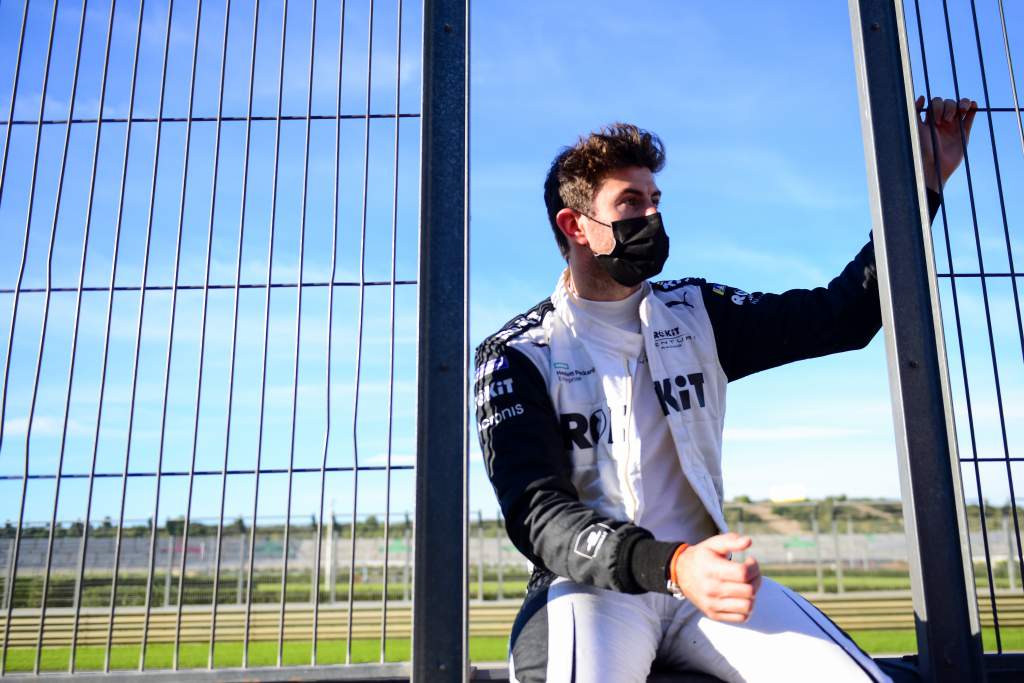
Nato, firmly on the ‘nice guy’ spectrum of drivers, has managed to cultivate an atmosphere in the Venturi camp that has the team already rooting for him.
Felipe Massa’s replacement has done this through more than just a pleasant manner, though. It’s through hard graft and determination since his 2018 recruitment as Venturi’s test and reserve driver, which did not come by chance, money or a cosy sponsor relationship.
Many drivers have plainly cruised in such a role but Nato has tackled it head on and consequently reaped the reward of a race seat promotion. Speak to any of the Venturi engineers about him over the last two seasons and they’ll show evidence of plenty of times that he went the extra mile for them.
That is why Nato was ready to jump in the car last summer at Tempelhof if needed and was officially ‘on call’, although he ended up spending “day and night” in the team’s Monaco based simulator.
Of course by the Berlin race, Massa’s departure was inevitable and something of an open secret. In the event his extraction from his fitful and brief Formula E career came as the chequered flag dropped at the finale and from that point on, Nato knew his instinct to be match fit while toiling at the simulator coalface had grown added importance.
Last November Nato had a good Valencia test and in his words “managed to simulate everything we could do,” but he is enough of a realist to know that doing that in the luxury timespan of three days is very different to the constricted track time within the white heat of an E-Prix day.
“In reality there are some things that you couldn’t anticipate or even simulate,” Nato tells The Race.
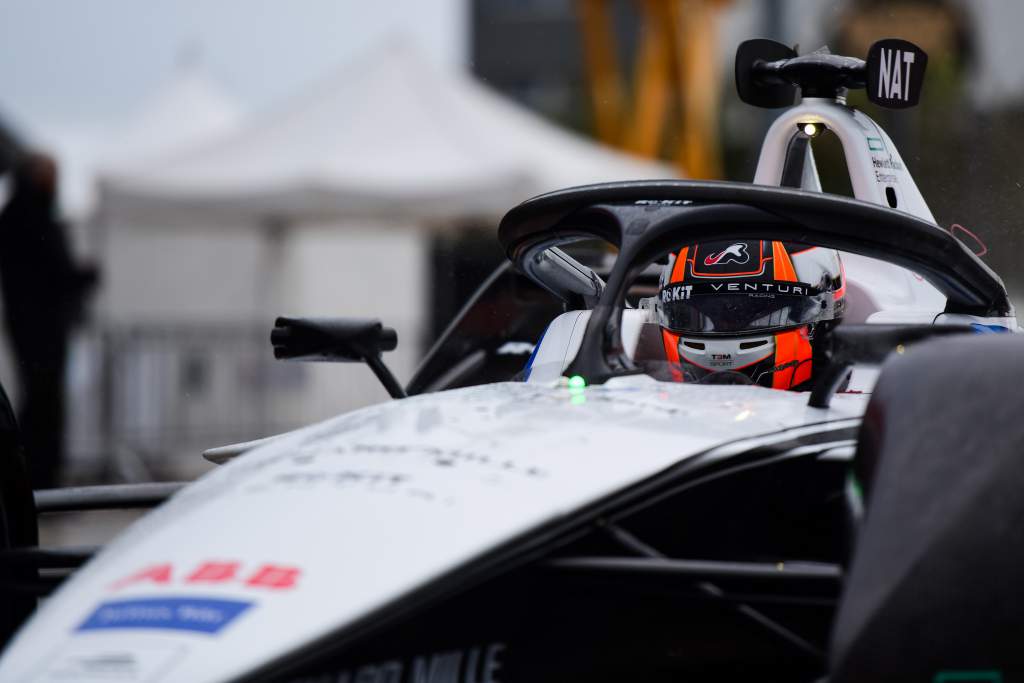
“And that’s why I’m pretty sure when now we go to Riyadh, even with really good preparation and everything, I will discover some new things.
“So that’s why we need to race and from there, at least I can see where [things] can be improved and what we need me to work on, so that’s why I basically need some proper driving in reality.”
His preparation will be aided by the presence of new deputy team principal in Jerome d’Ambrosio, who is taking to his new career direction as studiously as he took his driving.
“It’s a good help to have Jerome in the team as he was a driver until last year,” agrees Nato.
“It’s more about the experience from FP1 on to FP2 to qualifying and also the race. What to be careful of for the energy and the attack mode. It’s more of this kind of advice where he can really help a rookie like me.”
Nato’s track record on street circuits is impressive. He won in Formula Renault 2-litre at Pau and dominated the Formula Renault 3.5 race in Monaco in 2014, beating Pierre Gasly and Carlos Sainz Jr. Indeed, Nato’s affinity with Monaco had come early when he took the Monaco Kart-Cup KZ2 win back in 2011.
He also put his Racing Engineering GP2 car on the front row and took a runner-up position in the 2016 race around the principality, heading home the likes of Mitch Evans, Alex Lynn and Antonio Giovinazzi.
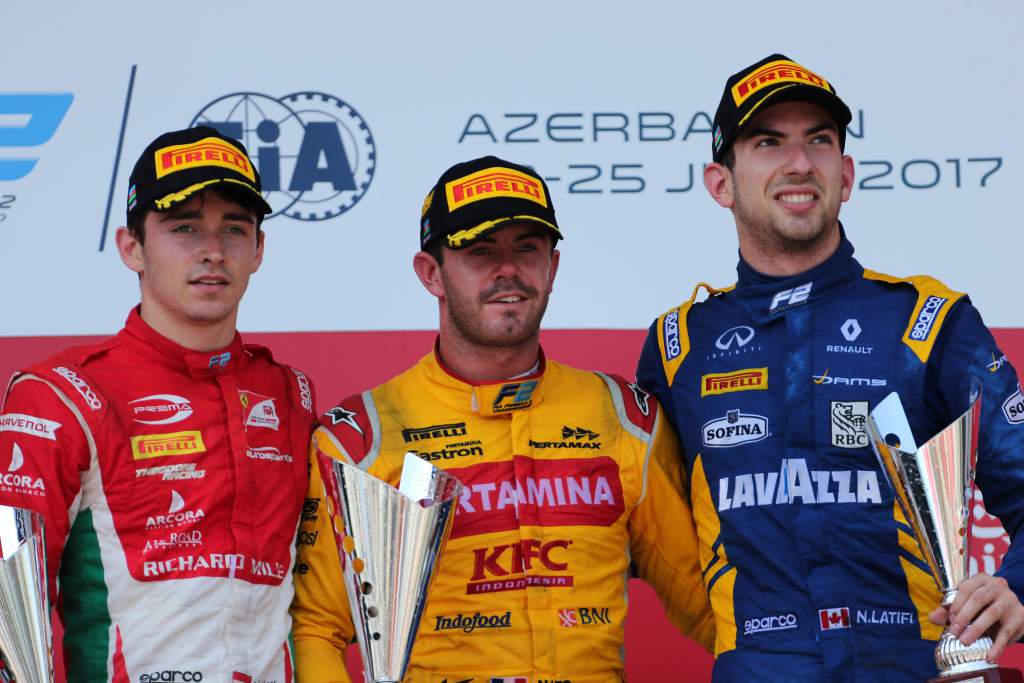
He then won in Baku the following year, benefitting from Ferrari star Charles Leclerc’s time penalty to take his third and final GP2 race win.
The street fighting instinct then is within him, but not all costs.
“If you go over the limit you crash or it’s always like this, finding the limit is crucial and in a way you have to adapt all the time,” he says.
“I think that racing between the walls gives you a heightened sense of your own ability in a strong and competitive field. I enjoy testing myself like this.”
Adapting will be crucial in Diriyah where the track evolution blew many of the drivers’ minds in the last event there in November 2019. With projected higher ambient temperatures this time around there will be further unknowns, and all running bar the races themselves occurs in peak temperature hours.
Curiously this could lead to qualifying being slightly less critical than it was in 2019, with the drivers instead perfecting their packages more for the anticipated slightly cooler race conditions, with the starts scheduled for 8pm local time.
These variables could easily play into the hands of Nato and fellow rookies Jake Dennis at BMW and Nick Cassidy at Envision Virgin. But Nato sprinkles these notions with cautious actuality.
“We need to consider that we are not a manufacturer, we have much less budget than teams like Mercedes and Porsche exposure,” he says.
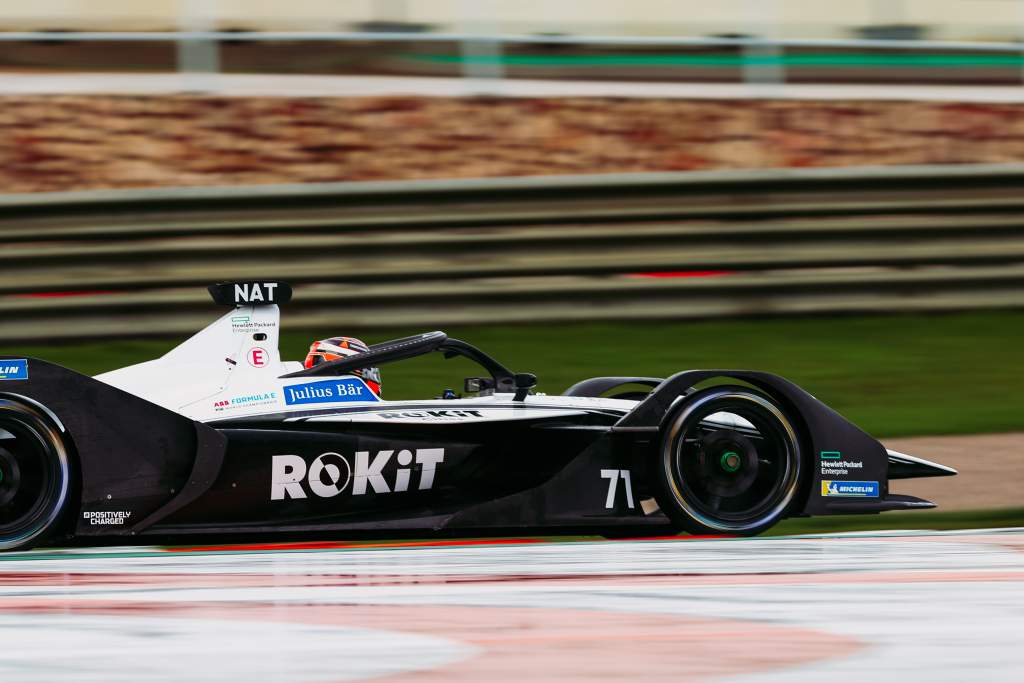
“But it’s not that we think we cannot fight for top positions. It’s not like we will be happy with P10 for example, that is not the mentality we have because we are all preparing to fight for top positions.”
This isn’t overt or lazy ‘hedge betting’ from Nato. Venturi is, by its nature of being a customer team, in an underdog position to start with, so it may as well use it to its advantage if it can.
The big question it will have to address pretty quickly is how it can bridge the gaping chasm of the 103 point void between its 2019/20 points haul and that of its powertrain provider Mercedes.
In Nato it has, whether he likes the tag or not, a fellow underdog, which given time can easily become one of the true surprise packages of 2021.

